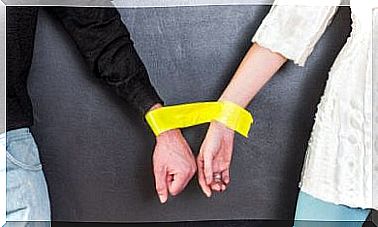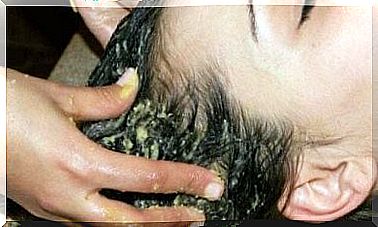Protection Against SARS-CoV-2 In Public Transport
It is very important to protect yourself properly in all situations against possible infection with the SARS-CoV-2 coronavirus. Caution is required, especially on public transport. We therefore have a few tips for you.
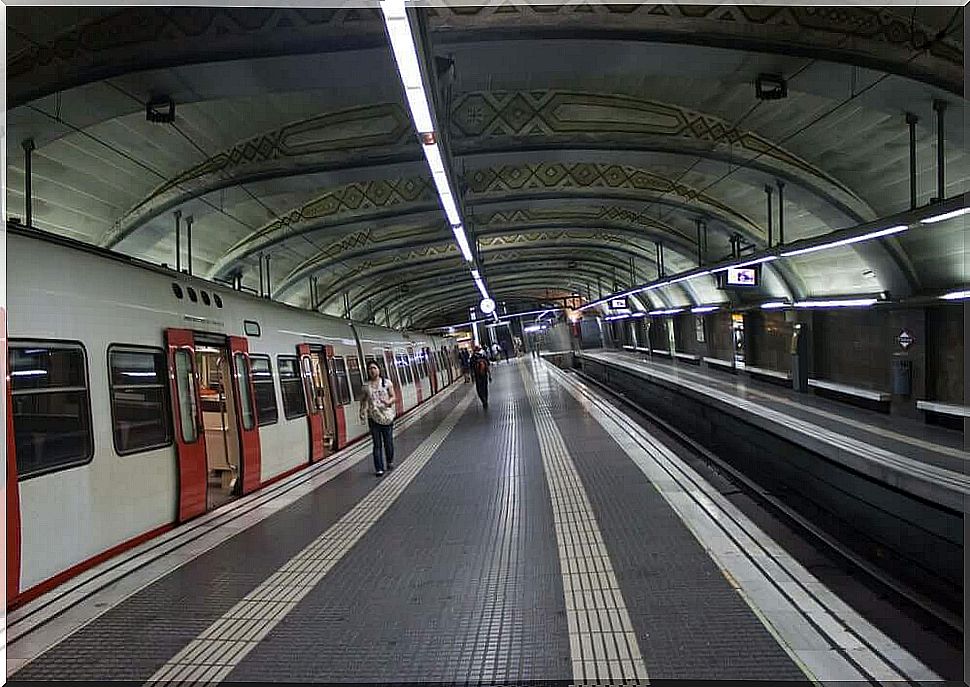
Preventive measures are fundamental in order to protect yourself from infection with SARS-CoV-2 and to prevent further spread as far as possible. The risk in public transport is particularly high, so it is important to protect yourself appropriately.
Restrictions on movement are now gradually being relaxed in many countries, which is why many people are again using public transport to get around. We have put together some tips that will help you protect yourself properly.
Protection against SARS-CoV-2 in public transport
In public transport such as buses, subway or train, the safety regulations are usually clearly specified. But we would also like to remind you of the relevant information from the World Health Organization (WHO). All preventive safeguards are based on common sense and logic. There is no one hundred percent chance that you can prevent infection, but you can reduce the risk.
1. Social distance for protection in public transport
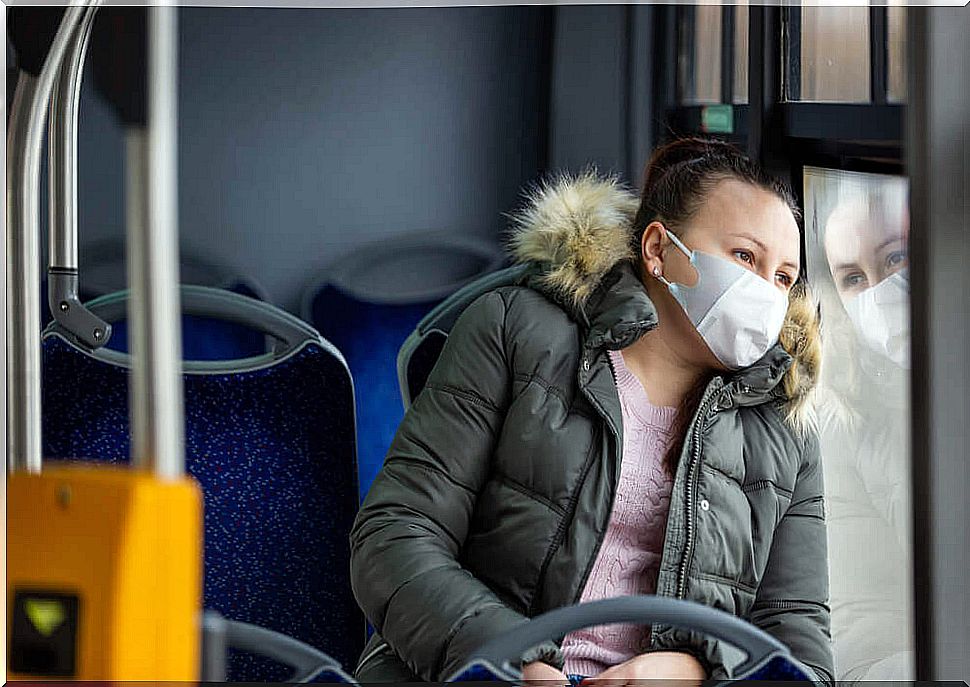
This precautionary measure is often very difficult in practice. It can sometimes be impossible to keep a safe distance, because the subway or bus is often full. Even when waiting, it is not always easy to keep the correct distance. But this is very important to prevent infection.
2. Hygiene when coughing or sneezing
We all know the exact instructions to follow when coughing or sneezing: coughing or sneezing in a paper tissue or in the crook of your arm. Under no circumstances should you sneeze into the air, as this could be dangerous for others.
3. Clean hands
Wash your hands frequently and thoroughly with soap and water. It is one of the most important precautionary measures. If you’re out and about, you can also take a disinfectant with you that doesn’t require water.
4. Avoid public toilets
The toilets are usually very small on public transport. However, they are used by many people and are a source of danger even if they are cleaned frequently. Avoid attacking the door handles and other surfaces directly. After washing your hands, avoid using the hand dryer, which can spread pathogens.
5. Touch as little as possible on public transport

If possible, you should avoid contact with surfaces such as handholds or bars, armrests or headrests. Many attack these surfaces, so they can increase the risk of infection. Of course, you can also wear disposable gloves that you dispose of afterwards.
6. Do not put your hands in your face
Often we are not aware of how often we put our hands in the face. However, viruses could enter the body through contact with the mucous membranes. Therefore, you should not touch your eyes, nose, or mouth with your hands. Try to be aware of this and don’t forget to wash your hands as soon as you arrive at home or at the office.
7. You should neither eat nor drink on public transport
You might think that everyone knows this, but it’s still good to remember. You shouldn’t eat or drink on public transport. The same goes for the street or other public places. This is another way of preventing infections.
Long trips by plane or other means of transport
You should be particularly careful when traveling long distances by plane or train. Because you spend a certain amount of time in a very reduced space, which increases the risk.
1. Digital boarding pass via the Internet
If possible, you should already check in via the Internet so that you don’t have to stand in line at the airport. You can also buy digital tickets for rail travel.
2. Sit by the window
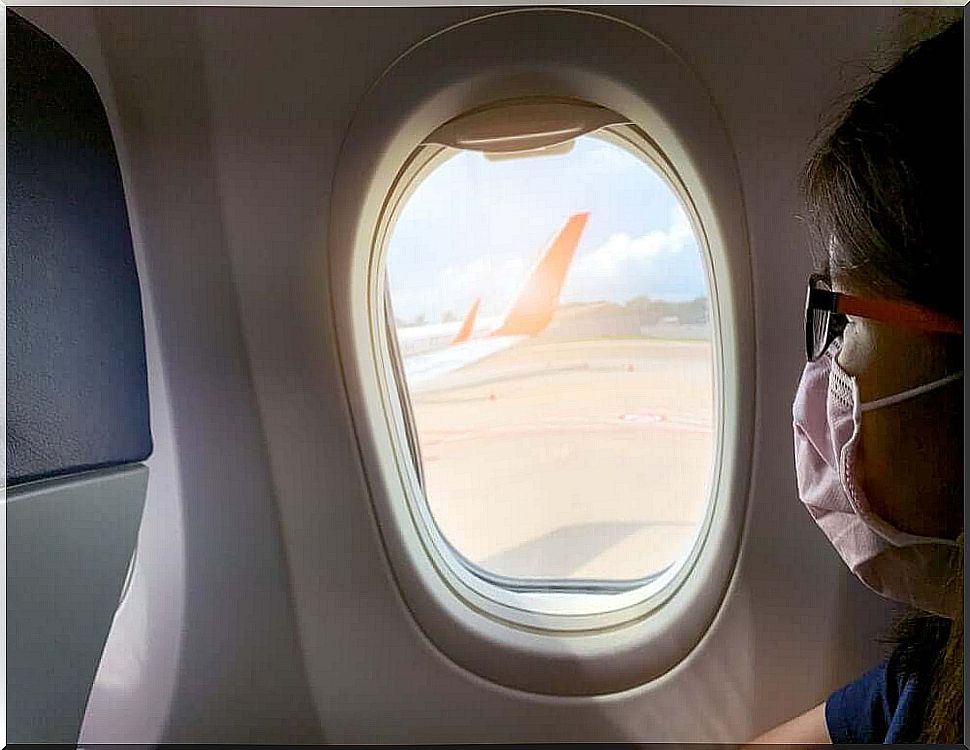
A study by Emory University, published in the journal of the National Academy of Sciences of the United States of America , suggests it is safer to sit by the window when traveling. Contact with other people is more frequent directly in the aisle and therefore the risk of infection is greater. You don’t have to get up at the window or let anyone by.
3. Cleaning of all surfaces in public transport
It is very difficult not to touch the armrests or the headrest on a long flight. Therefore it is worthwhile to clean them yourself. You should also clean switches or buttons (light, air …) and the buckle of the belt beforehand.
Again, you should avoid going to the toilet if possible. Before doing this, clean your hands and bring a disinfectant that does not require water.






